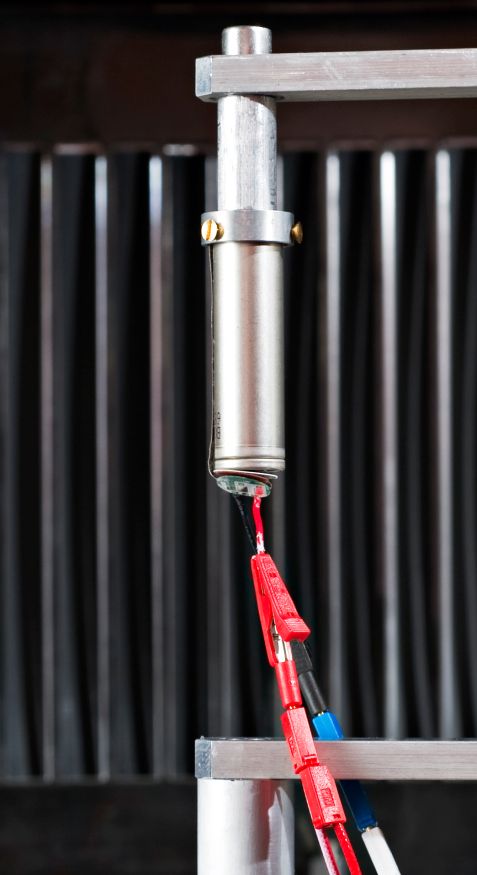MLZ is a cooperation between:
 > Technische Universität München
> Technische Universität München > Helmholtz-Zentrum Hereon
> Helmholtz-Zentrum Hereon
 > Forschungszentrum Jülich
> Forschungszentrum Jülich
MLZ is a member of:
 > LENS
> LENS > ERF-AISBL
> ERF-AISBL
MLZ on social media:

MLZ (eng)
Lichtenbergstr.1
85748 Garching
Material development for industrial applications

In-situ testing of Li-battery at the instrument SPODI. © Eckert, Heddergott / TUM
Progress in technology is intimately connected with the availability of functional materials. They cover a wide range from engineering materials like high strength alloys to hard-wearing ceramics up to chemical polymers to prevent diesel fuel from freezing in winter (wax anti-settling additions) or improving laundry detergents by admixing additives.
A big advantage to use neutron beams for materials characterisation is the strong penetration in nearly all technical objects. This favours in-situ studies of materials during operation, for example to understand the chemical process on charging-discharging a high power battery or to study new materials for more efficient gas turbines.
MLZ is a cooperation between:
 > Technische Universität München
> Technische Universität München > Helmholtz-Zentrum Hereon
> Helmholtz-Zentrum Hereon
 > Forschungszentrum Jülich
> Forschungszentrum Jülich
MLZ is a member of:
 > LENS
> LENS > ERF-AISBL
> ERF-AISBL
MLZ on social media:



